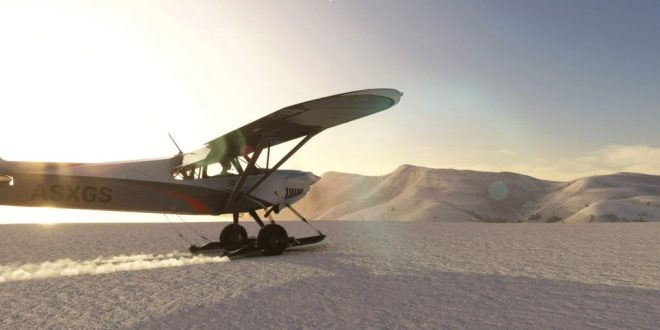The future of Microsoft Flight Simulator is bleak. It seems a bit paradoxical for a game where the goal is to travel to any location on Earth, but it’s simple to forget that the series was essentially grounded up until the year 2020.
The last full Microsoft Flight Simulator game before 2020 was Flight Simulator X, a release many thought would signal the end of the runway for a franchise that started in 1982, making it Microsoft’s longest-running software product line – even older than Windows. However, diehard simmers and the aviation community have persevered with it over the years.
VGC recently spoke with the Flight Sim team at the Evergreen Aviation & Space Museum, a group of futuristic-looking pyramid-shaped hangers in the Oregon wilderness, to discuss the series’ remarkable journey and where it is going next. It now seems unthinkable that the series has arrived at its final destination.
Head of Flight Simulator Jorg Neumann recalled a time when he was just trying to get the dormant franchise back in the air, citing a significant advance in technology as the motivation for pitching Xbox boss Phil Spencer on the comeback. This was after a day of studying the history of aviation in the area and experimenting with its most recent 40th Anniversary Edition update.
He informed us, “The very first demo I gave to Phil [Spencer] when I first pitched this was Seattle in 3D.”
“I flew over the Microsoft Campus, which is the exact structure where we were conversing, and he asked, “Why are you showing me a video of Seattle? Then I was certain I had him.
Then I remarked, “This is real time,” and he said, “No fucking way,” Jorg continued, “and we knew we had something. All of the guys in that room felt something, and none of them were simmers.
They undoubtedly did possess something. The Flight Sim team was glad to repeatedly state that every time the game has been released on a new platform, the audience has increased by a factor of two.
The player base doubled when the game was released on consoles from the PC, and it did so again when it was added to XCloud, a sign of how well-known the title has become since its significant comeback.
“When we first started, people seemed to appreciate or respect airplanes, but they seemed to truly adore the earth. The killer app is the one. That’s what attracted newcomers, he said. “I don’t think it would have gone anywhere near as far,” the author said, “if this had been an extraordinarily well-executed physics simulator with an atmosphere and airlines.”
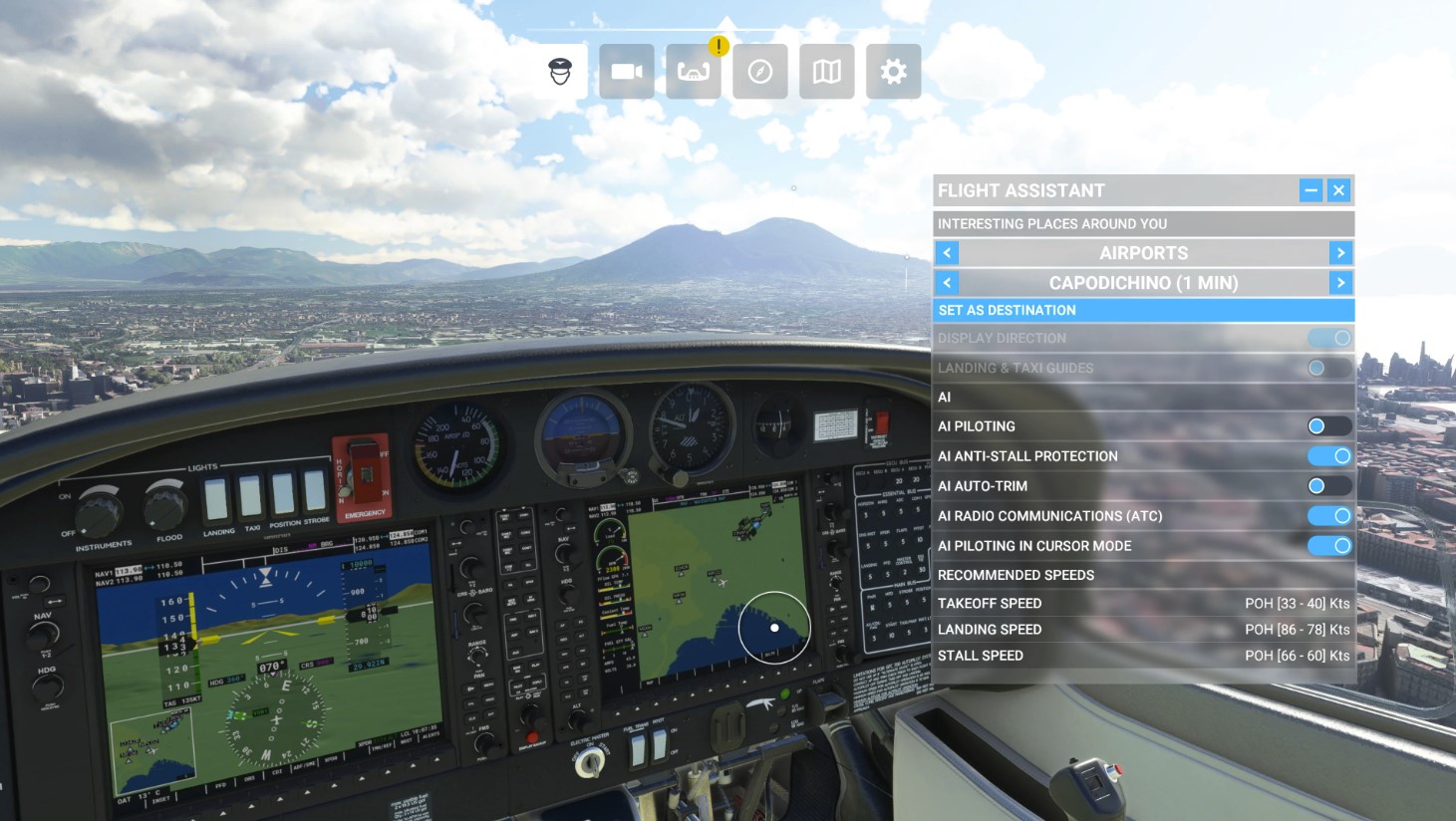
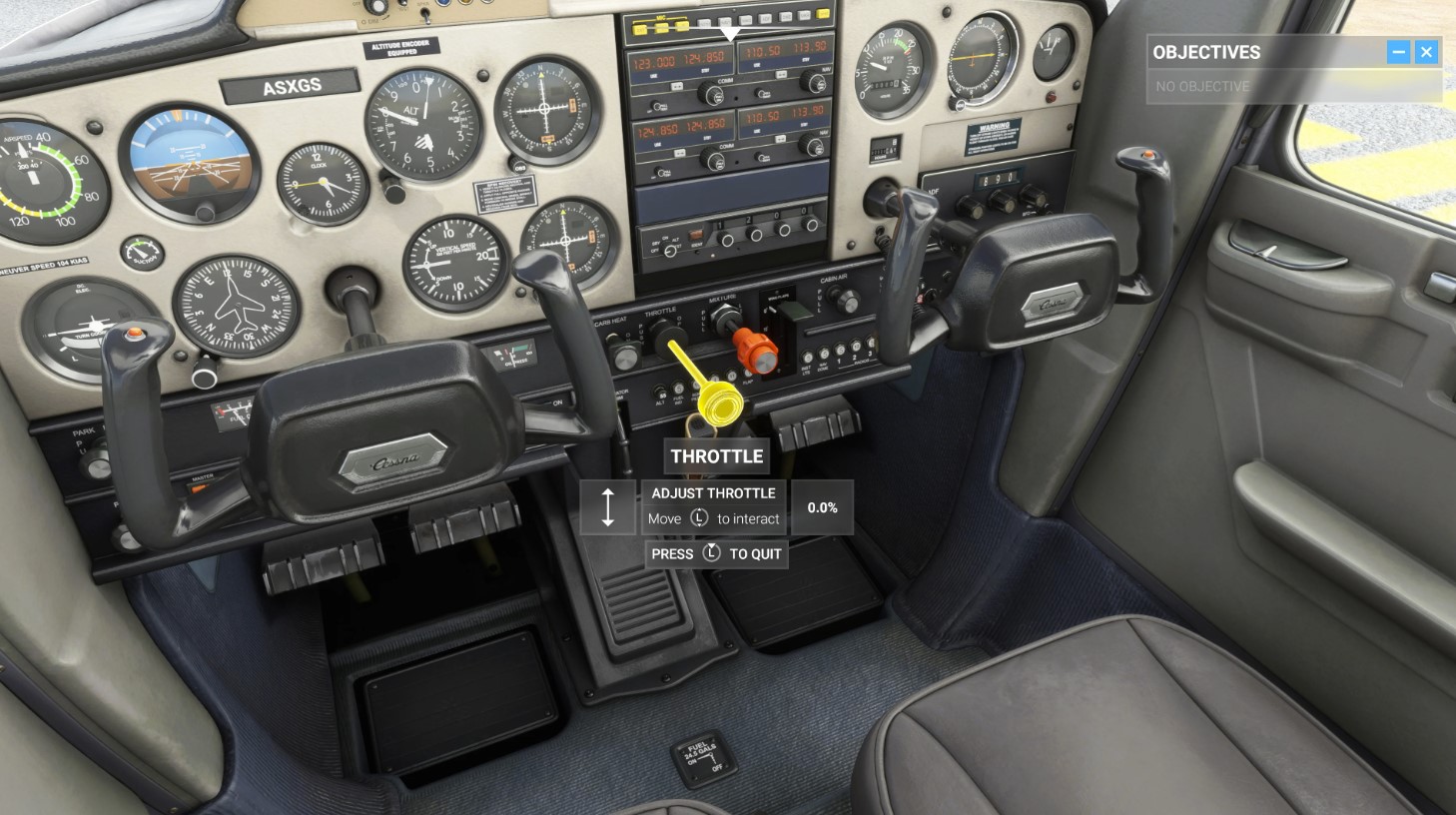
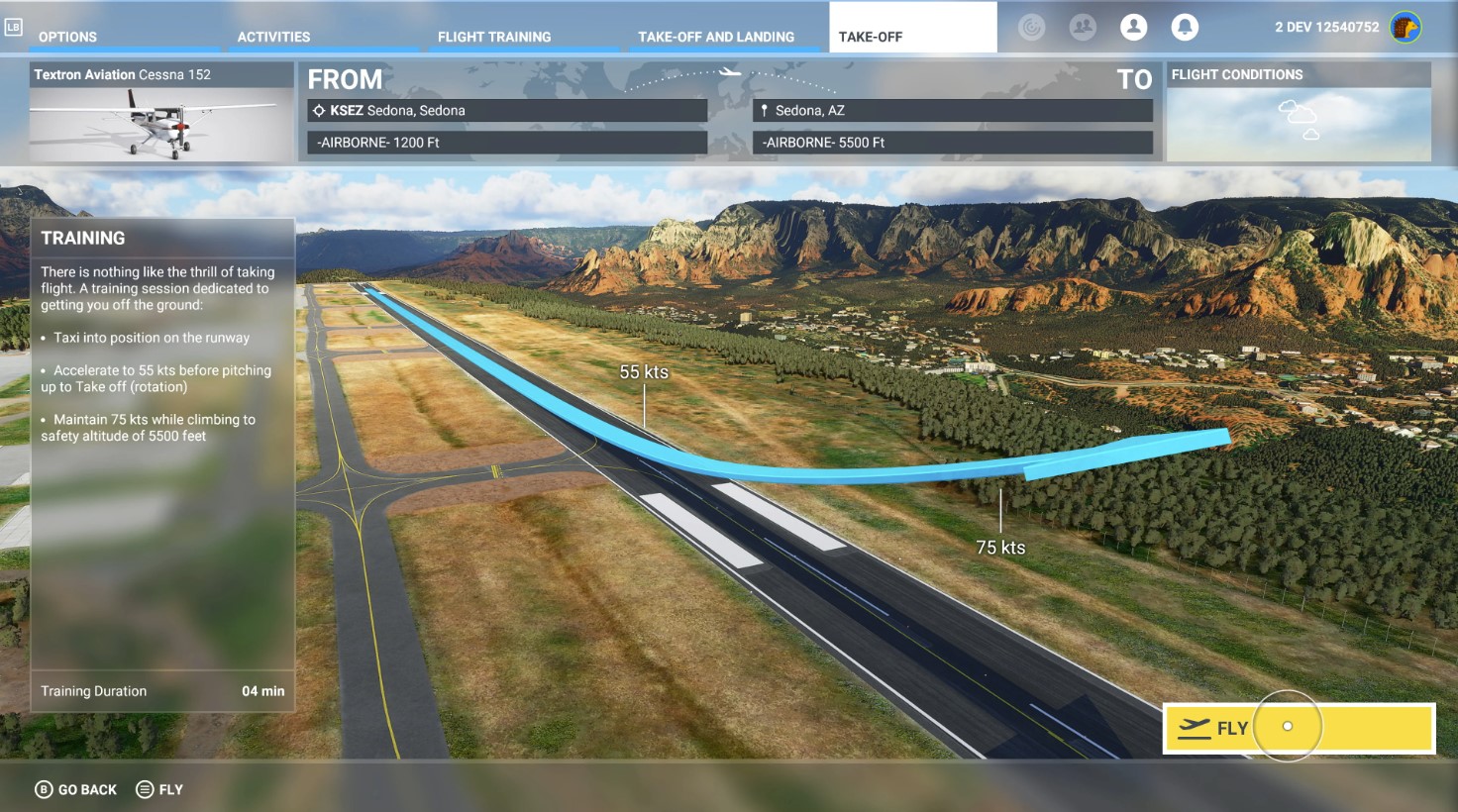

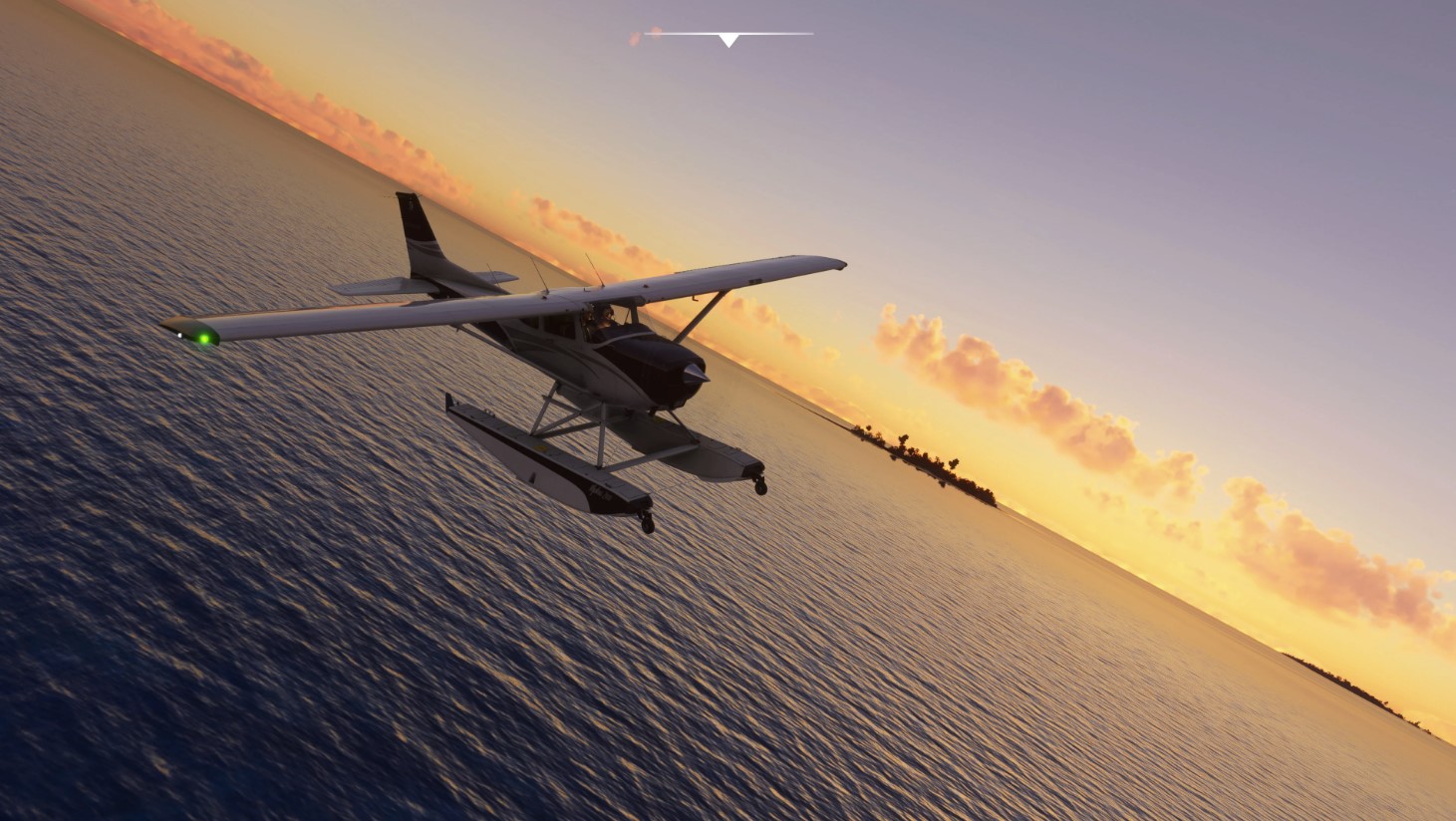
Our discussions took place under the shadow of the Spruce Goose, a massive aircraft that took to the air 75 years ago this month, although briefly. The plane, which is the centerpiece of the Flight Sim 40th Anniversary update, occupies a sizable portion of the enormous hangar that we were shown when we were in Portland.
Sitting underneath something that needed the museum to be built around it makes it difficult to concentrate on attempting to maintain the virtual plane you’re piloting in the air. The Spruce Goose was built to stay at the Evergreen Aviation & Space Museum after its one notable flight; however, there is no way to remove it from the structure without removing the roof.
2020 saw the comeback of Microsoft Flight Simulator to widespread critical praise and a reenergized virtual aviation community. When the team mentioned during their presentation that iconic airports and aircraft from earlier games would be included in Flight Sim 2020, we could tell how well this team knew their audience from the cheers and rumbles of enthusiasm. For hardcore Flight Sim players, it is a hardcore Flight Sim game.
Neumann chuckles, “It’s pressure. “I’m deeply humbled by it. Tens of millions of people enjoyed what other people invented, so you take it on with the duty of understanding why they loved it in the first place and figuring out how to improve it without harming it.
“Many game franchises have failed as a result of people taking the wrong path,”
We questioned Neumann about the length of time the company has planned material for the franchise, anticipating a little hint at the following several years. Jorg, though, isn’t thinking so little.
He replies, “2032,” before chuckling in response to our disbelief and that of the PR professional standing to his side.
He said, “I think we are already witnessing the boundaries. The 300 GB size is… like, God.
Jorg and I later made a joke about the possibility of the team releasing an Xbox Series S system that just included Flight Simulator and nothing else, but they were quick to point out that with everything currently offered for the game, it would be more comparable to Series X in scope.
We currently have 80 to 100 planes in development, according to Neumann’s calculations of what will be released in the upcoming year and the year after that. We scanned between 200 and 300 planes.
“We are moving more quickly now that barriers to accessing manufacturers are coming down. Everywhere, there were walls. When I convey to them that I’d want to accomplish something, the red tape is gone even if they first refused to provide us permits because people now understand what we’re doing. People now say things like, “We’re so delighted you phoned, we’re so excited,” when we call them.
Neumann asserts forcefully that “we can never go back on the quality of the airliners we’ve had in the basic sim.” The airliners we did have in the base sim were so basic that the core simmers denigrated them.
“We later produced one that was decent, the A320; it was alright, but now that we have one in the base sim that is so excellent that it would have cost $60 as an add-on, we are unable to return to the previous level of quality. For all time, that represents a fundamental shift for simulators.
Microsoft Flight Simulator is accessible on Xbox One, supported mobile devices, tablets, and low-end PCs via Xbox Cloud Gaming. It is also accessible on Xbox Series X|S, PC, Windows, and Steam.
 Load the Game Video Games, Reviews, Game News, Game Reviews & Game Video Trailers
Load the Game Video Games, Reviews, Game News, Game Reviews & Game Video Trailers
